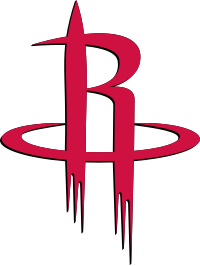We are halfway to the NFL’s Week 8 and there are a number of high profile quarterback’s whose seasons have become questionable. Tony Romo, who may not recover from his shoulder injury until the last few games of the season, and Brett Favre, who severely injured his ankle, are just two of them. While there may not be a lot of us rooting for the Vikings, the career achievements of Brett Favre have made him a much publicized player. Records including most consecutive starts by a player, most consecutive wins, and most career playoff completions just a few of a long list of achievements for him. The latest injury to the aged player caused him to limp off the field after a loss to the Packer’s on Sunday. This injury may cause him to end his streak of consecutive starts as well as his ability to be an effective player.
He may be the first one to admit that he’s ‘no spring chicken anymore.’ As with any older individual, it takes your body a little longer to heal than it may have when you were younger. Brett Favre, at around $1 million per game salary, isn’t your average 41 year old and has expressed a desire to play through the pain. While it has been reported that he can’t do further damage to the broken bone by playing, we here at AFAS have our reservations. This week he has been seen in a walking boot to help off load the ankle allowing it to rest and heal. While rest is important, it may be of no use if he rests all week only to jump into a game on Sunday. This athlete has played through injury before, and his high profile status may bring him to do it again, but at what peril to his health and performance?
This should be a word of warning to any ‘weekend warriors’ out there who are anxious to bounce back from an ankle injury. You must be sure to give your injury ample time to heal. Additionally, you should slowly work up to your activity with the proper exercises and physical therapy. Conditioning your body for your activities is the best way to prevent initial or recurring injuries. Failure to properly rehabilitate an injury can cause re-injury and continued complications…..even for professional athletes.
Until next time, keep those feet (and ankles) happy and healthy Austin!

